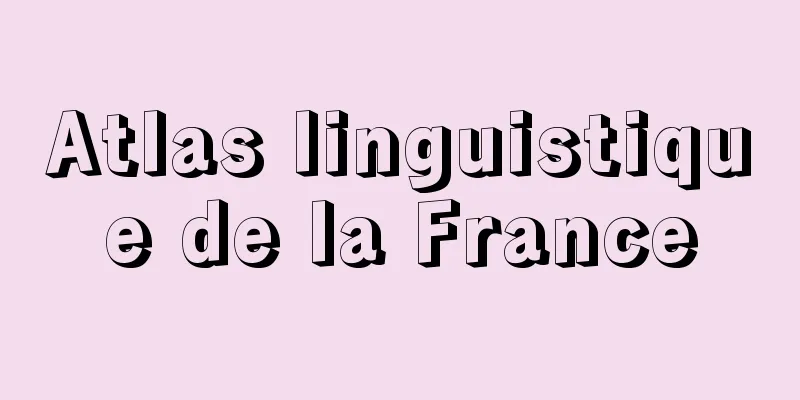Pi (English spelling)

|
A Thai airphone. A double-tongued, single-tube rod. It is of the same type as the European oboe and the Japanese hichiriki, and there are many varieties. Most of the tubes are made of wood, but sometimes they are made of marble or ivory. It is a hollow tube with bulges at both ends and in the middle. A reed is inserted into the top end, and the bottom end is tuned by filling the rim with a mixture of lead scraps and beeswax. The central bulge has 14 thin rings fastened to it, which act as a non-slip and decorative loop. There are four finger holes at the top and six at the bottom. The reed is made of four dried palm leaves cut into circles, layered together, and tied to a reed tube about 5 cm long with silk thread. There are three types of standard pee: pee nok, pee krang, and pee nai, which are successively longer in length (37 to 43 cm) and wider in diameter. Each has a specific purpose: for outdoor use, for shadow puppetry, and for indoor use, but in addition to these, there are other instruments such as the pi-o, which has two reeds like the Japanese hichiriki and the Chinese gwanzi, with seven holes on the front and one on the back, the pi-canai, which is thought to be of the Indian shahnai type and has a morning glory-shaped tip, and the pi-chawa, which is also of Javanese origin. The standard pi is used as the central instrument in pipat arrangements. Source: Encyclopaedia Britannica Concise Encyclopedia About Encyclopaedia Britannica Concise Encyclopedia Information |
|
タイの気鳴楽器。複舌単管棒状のもの。ヨーロッパのオーボエや日本の篳篥 (ひちりき) と同種で,種類が豊富。管の多くは木製であるが,まれには大理石や象牙製もある。両端と中央部がふくらんだ中空の管で,上端にリードを差込み,下端の管縁に鉛屑と密ろうを練ったものを盛って調律する。中央のふくらみには滑り止めと装飾を兼ねた細い輪を 14本締めつけてある。指孔は上方4孔,下方6孔で,リードは乾燥したシュロの葉を丸く切ったものを4枚重ね合せ,長さ 5cmほどのリード管に絹糸で結びつける。標準的なピーに,ピー・ノーク,ピー・クラーング,ピー・ナイの3種があり,37~43cmと長さも順次長くなり,直径も太くなる。それぞれ野外用,影絵用,室内用と用途が決っているが,これらのほかに,日本の篳篥や中国の管子と同様の2枚リードで表7孔,裏1孔のピー・オーや,インドのシャーナイ系と思われる先端が朝顔状に広がっているピー・チャナイ,同じくジャワ系のピー・チャワなどがある。標準的なピーは,ピーパット編成での中心的楽器として使用される。
出典 ブリタニカ国際大百科事典 小項目事典ブリタニカ国際大百科事典 小項目事典について 情報 |
<<: Pierre - Pia (English spelling) Pierre
Recommend
Cambrian Mountains - Cambrian Mountains
A mountainous region that occupies most of the UK ...
Noricum Mediterraneum (English notation) Noricum Mediterraneum
…In the 2nd century BC, a Celtic tribal confedera...
Nanbu Chuhei
A famous track and field athlete. Born in Sapporo...
Oxymoron
A rhetorical device that uses words with contradic...
Valentinus (Saint) (English spelling) Valentinus
…The feast day of the Christian saint Valentinus ...
Petergof
...Petrodvorets (population 82,200) is the main s...
Dernburg, H.
...Historical jurisprudence thus developed into P...
Air gun
1. A gun that fires bullets using the pressure of ...
Moso bamboo (Moso bamboo) - Phyllostachys heterocycla var. pubescens; bamboo shoot
A species of the genus Phyllostachys in the Poacea...
Grader - Grader (English spelling)
A construction machine used for leveling airfield...
Religious Wars
...Armed conflict between Catholics and Protestan...
Base material - Soji
〘 noun 〙 (also "sochi") 1. The original ...
Lake Te Anau (English spelling)
Located in the southwest of New Zealand's Sout...
Fuwa Banzaemon - Fuwa Banzaemon
The protagonist of the kabuki play "Sayato.&q...
Benalcázar, S.de (English spelling)
...This legend is said to have originated from a ...









